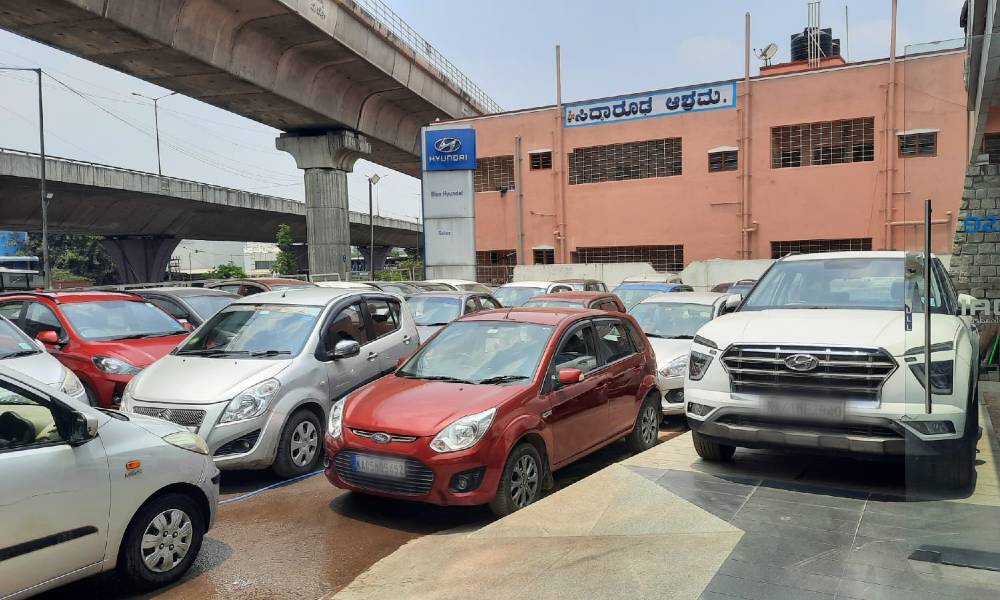However, the assessment made by users of the ADAS is not as positive as one might expect. In general, they praise and naturally adopt systems that unequivocally improve safety, such as emergency braking, steering aids, but tend to reject those that are intrusive and those that are annoying to them. Among the latter, the maintenance and lane centering alerts take the cake, which in some models come to move the steering wheel abruptly.
According to a recent Power survey, 23% of new vehicle owners consider these technologies to be annoying, and 61% of this group say they have wholly disabled them. The study also indicates that 21%, despite not finding them annoying, had also decided to suppress them.
- Senna recognition signal of tr to fico. There is little to blame for this truly priceless device in a country like ours where changes in the speed limit seem, if not arbitrary, intelligible only to the civil engineer who has designed the road. It is nothing better to know at what maximum speed we can circulate than a system like this that shows it before our eyes on the instrument panel or the browser screen. As always, the problem arises when the camera does not distinguish the signal well or when it is covered by vegetation, at which point we can run into an inopportune radar.
- Speed control adaptive. Many models already incorporate this system that maintains the preset speed and the distance – in most cases, adjustable in various positions – with the vehicle that precedes us. Possible faults aside, the cotton test comes when we have to overtake since the speed with which the car sees That we change lanes and how smoothly or abruptly it regains the set speed depends on whether it is uncomfortable and that we do not break into the left lane driving too slowly, with the risk that this entails. Some manufacturers even link the device’s operation to the signal reader’s information, which can cause unexpected braking on the highway in case of failure.
- Lane Departure Warning. To avoid leaving the road, caused chiefly by distractions, these devices have been developed that interpret when a vehicle will leave the lane without the driver wanting it (since he has not put the turn signal) and notify him of the fact by acoustic and visual signals. What users like the least, in general, are the additions to this function: vibration of the steering wheel on the side from which the vehicle seems to escape and even automatic movement of the steering wheel in the opposite direction to avoid lane departure.





